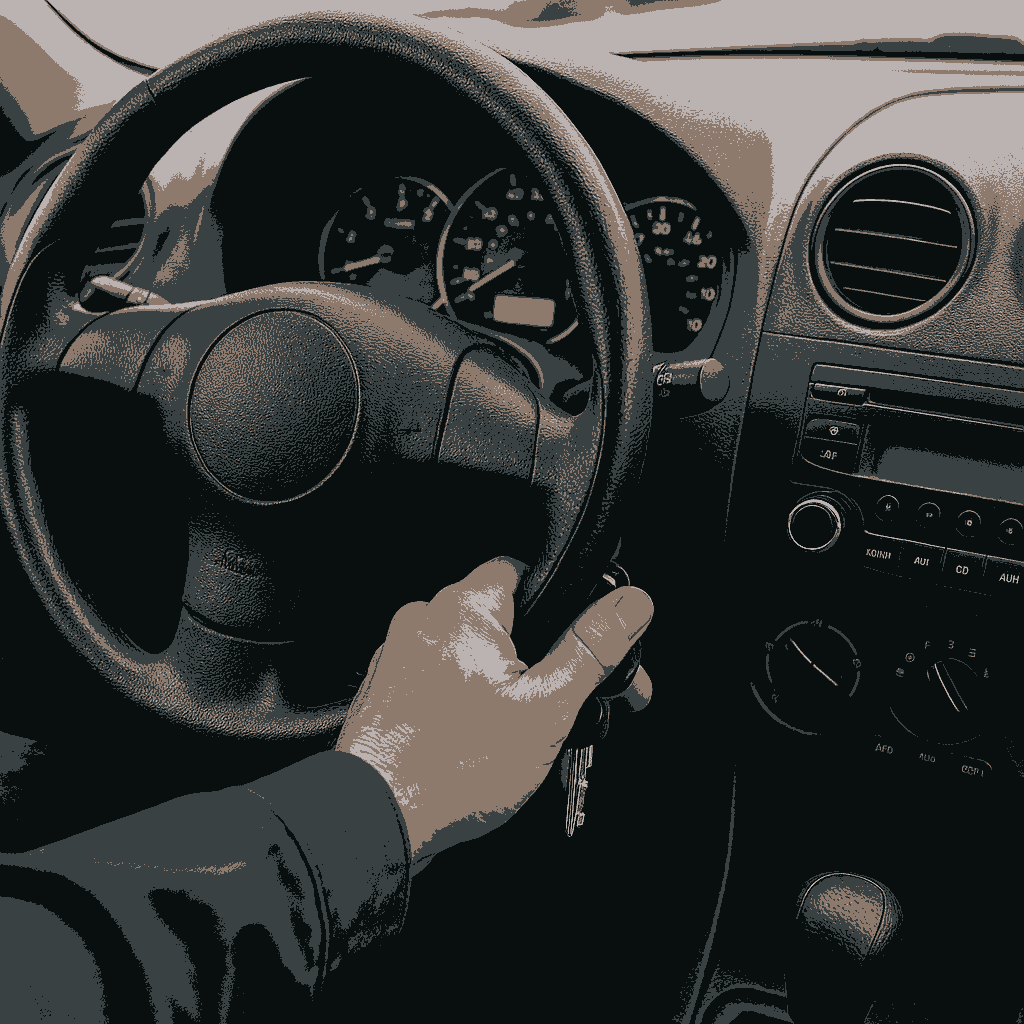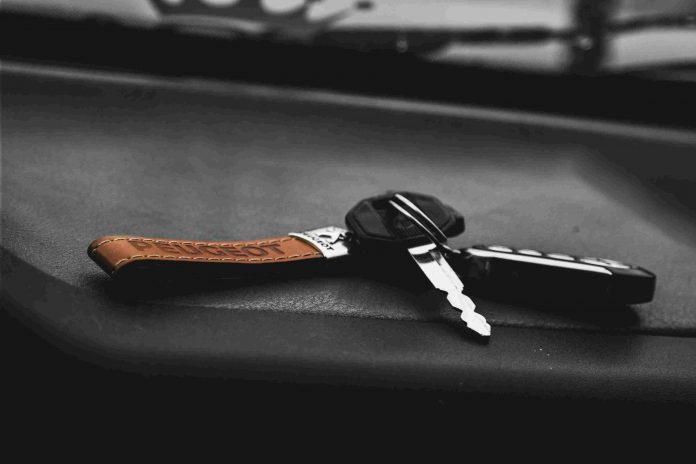When your car won’t start, the frustration is immediate—especially if you’re running late. But before calling a tow truck or heading to the mechanic, you may be able to resolve the issue yourself. Many no-start problems stem from simple, identifiable causes like a dead battery, corroded terminals, or a faulty starter. With a basic understanding and a few tools, you can troubleshoot and potentially fix the problem in your driveway.
This guide walks you through a logical, step-by-step process to diagnose and fix a car that won’t start. Whether your engine won’t crank, cranks but won’t fire, or simply clicks when you turn the key, you’ll find practical solutions here.
Step-by-Step Guide
Step 1: Check the Battery First
The most common cause of a non-starting car is a dead or weak battery. If your lights are dim, or you hear a rapid clicking sound when turning the key, suspect the battery.
What to Do:
Turn on the headlights. If they’re dim or won’t turn on, your battery is likely dead.
Use a multimeter to check voltage. A healthy car battery should read around 12.6 volts when fully charged.
Inspect battery terminals for corrosion or looseness. Clean any corrosion using a battery terminal cleaner like CRC Battery Cleaner with Acid Indicator, which changes color to detect acid leaks and neutralizes corrosion on contact.
If the battery voltage is low, jump-start the car using jumper cables and another vehicle. Let the engine run for 15–20 minutes to recharge the battery. If the car won’t hold a charge, the battery may be failing and should be replaced.

Step 2: Examine the Starter System
If your battery is good but the engine doesn’t crank—or you hear a single click—your starter or starter relay could be the culprit.
What to Do:
Listen for the clicking sound when turning the key. A single, solid click often means a stuck starter solenoid.
Tap the starter lightly with a rubber mallet while someone turns the key. Sometimes, this can free up a stuck solenoid temporarily.
Check for blown fuses related to the starter in the fuse box.
If the starter is accessible and you suspect it’s the issue, you can remove it and bench test it at most auto parts stores. For a reliable replacement, consider the Bosch Premium Starter, which is engineered for long-lasting cranking power and built to OEM standards.

Step 3: Test the Ignition Switch
A worn or faulty ignition switch can prevent power from reaching the starter or fuel system.
What to Do:
Turn the key to the “On” position and see if the dashboard lights come on. If not, the ignition switch may be defective.
Try jiggling the key or turning the steering wheel slightly while turning the key—this may indicate a worn ignition lock cylinder.
Use a test light or multimeter to check for voltage at the starter relay when the key is in the “Start” position.
If you determine the ignition switch is at fault, replacing it requires disassembling part of the steering column. Refer to your vehicle’s service manual for model-specific instructions.
Step 4: Check Fuel Delivery
If the engine cranks but doesn’t start, you may have a fuel delivery problem.
What to Do:
Turn the key to “On” and listen for the fuel pump humming from the rear of the car. No sound could indicate a failed pump or relay.
Check the fuel pump relay in the fuse box.
Spray a small amount of starting fluid like Gumout Starting Fluid into the intake and crank the engine. If it starts briefly, fuel delivery is likely the problem.
Note: Never rely on starting fluid regularly—it’s only for diagnostic purposes.

Step 5: Assess the Spark
No spark means no ignition, even with proper fuel delivery. Common spark issues include faulty ignition coils, spark plugs, or crankshaft position sensors.
What to Do:
Remove a spark plug, reconnect it to the plug wire, and ground it to metal. Have someone crank the engine while you observe the tip for spark.
Inspect plugs for wear or fouling.
Scan for diagnostic trouble codes (DTCs) with a tool like the Innova 5610 OBD2 Scanner, which can pinpoint issues with ignition components and sensors.
Replace any worn-out plugs or ignition components based on the scan results. If you’re unsure, many auto parts stores will read your codes for free.

Step 6: Check the Security System
Modern vehicles with immobilizers or chipped keys may refuse to start if the system doesn’t recognize the key.
What to Do:
Watch for a flashing “security” light on the dashboard.
Try a spare key.
Disconnect the battery for 10–15 minutes to reset the system, then try again.
In some cases, reprogramming may be needed, which typically requires dealership support.
When your car won’t start, the root cause could range from a dead battery to a failed ignition system. By working through a structured diagnostic process—starting with the battery, then moving to the starter, ignition switch, fuel system, spark, and security—you can often identify and fix the issue yourself.
While some problems may still require a professional mechanic, many common no-start issues are well within reach of the DIYer equipped with the right tools and information.
Interested in more DIY auto repair?
Check out a few of our other DIY guides. Whether you’re troubleshooting or restoring, we’ve got guides to help keep your vehicle running strong.
